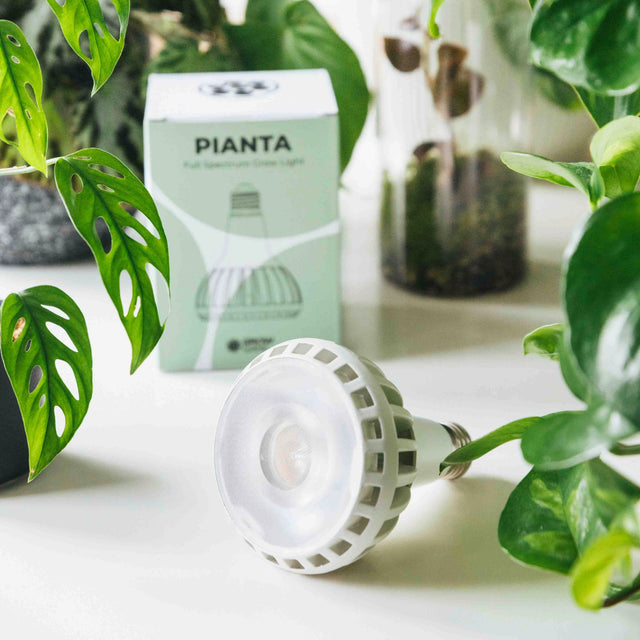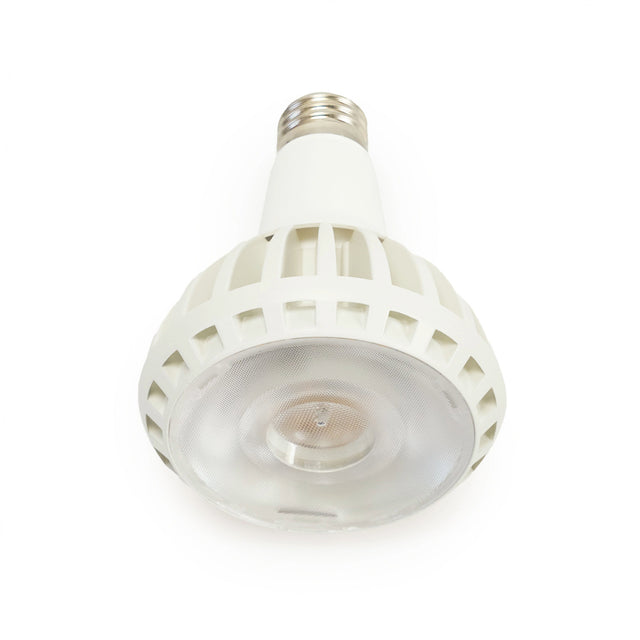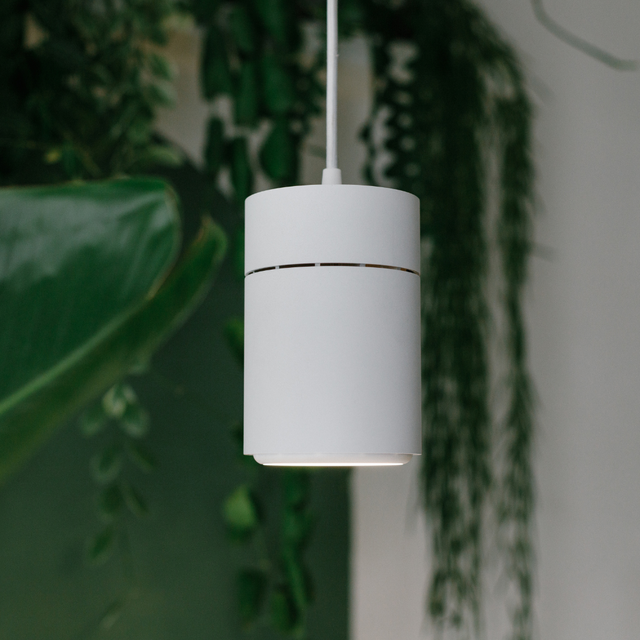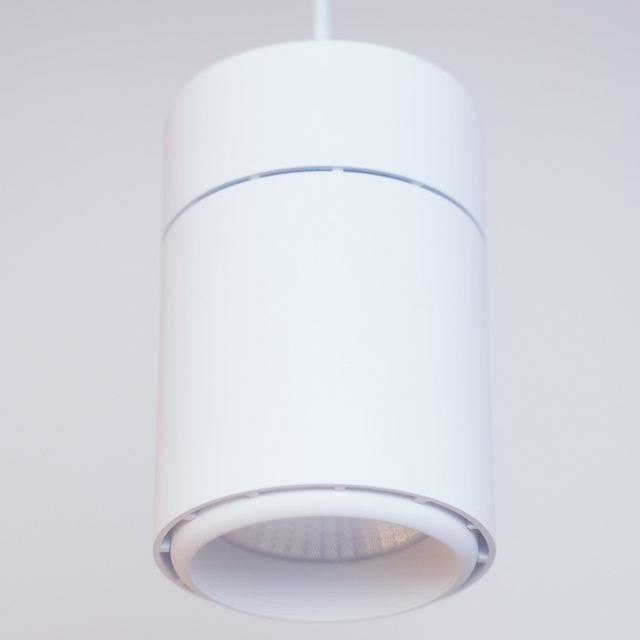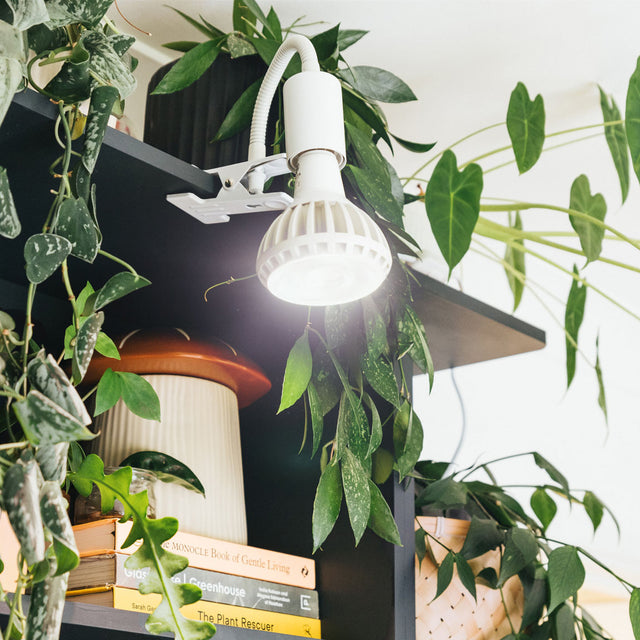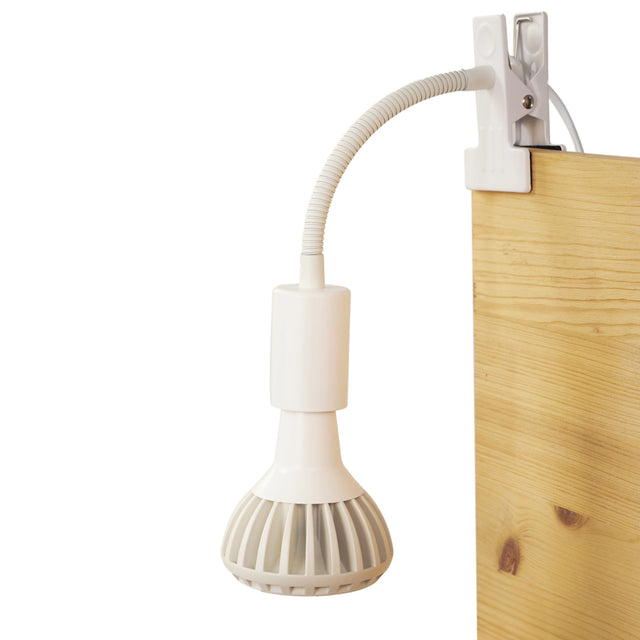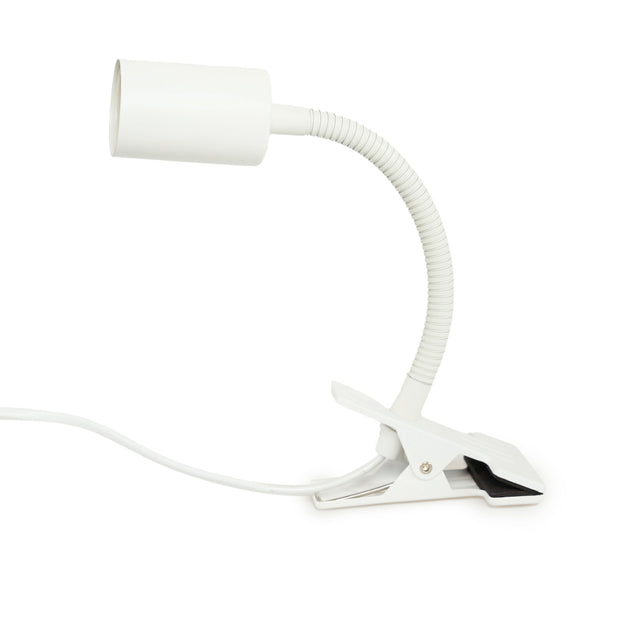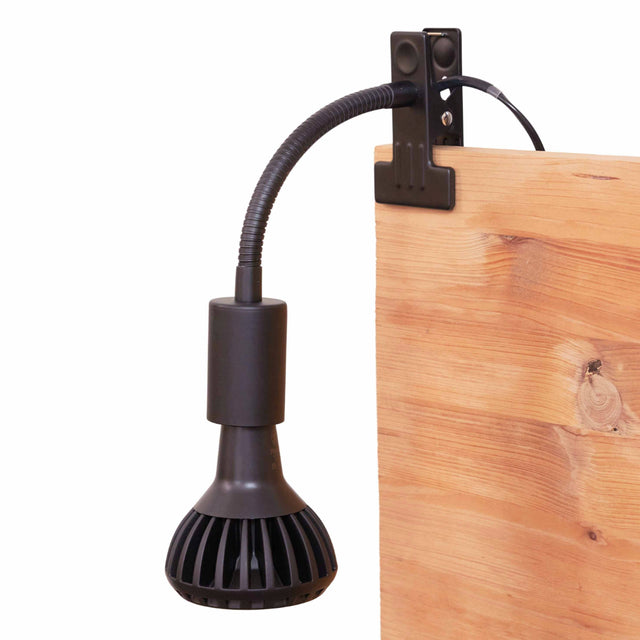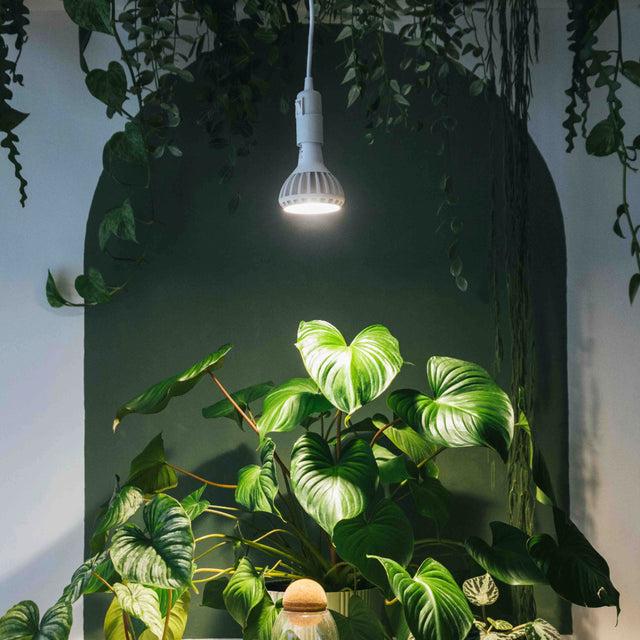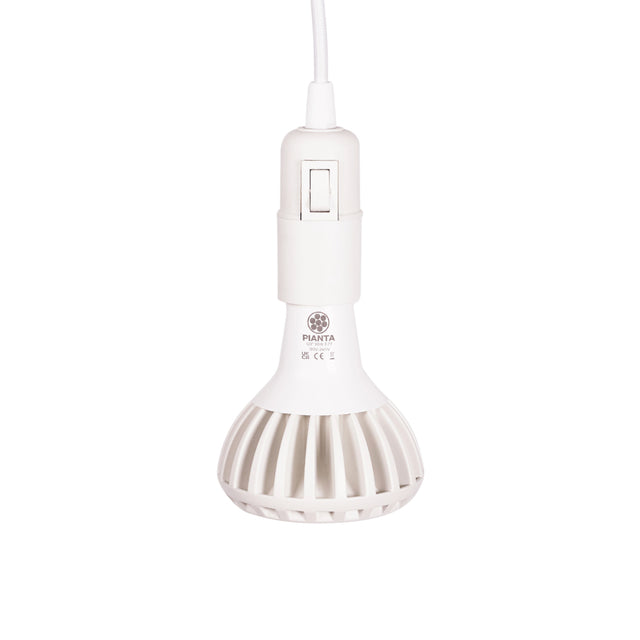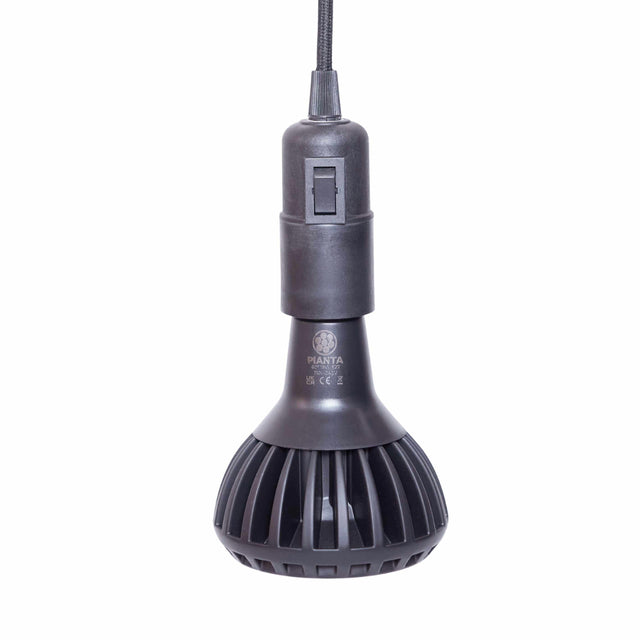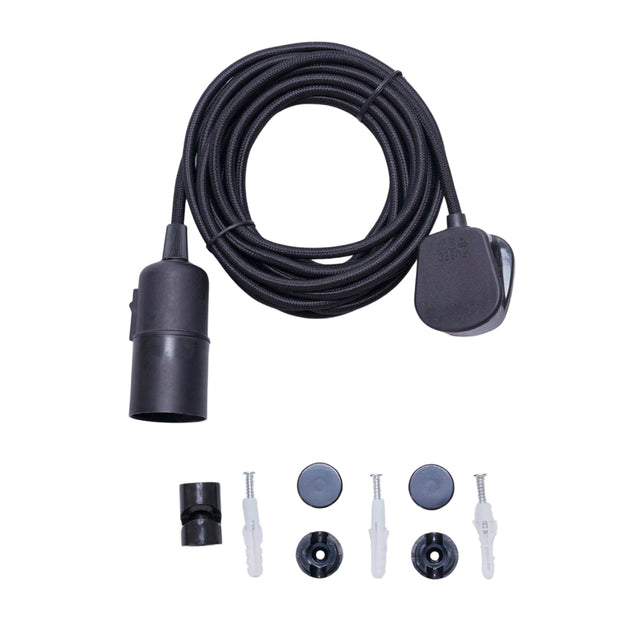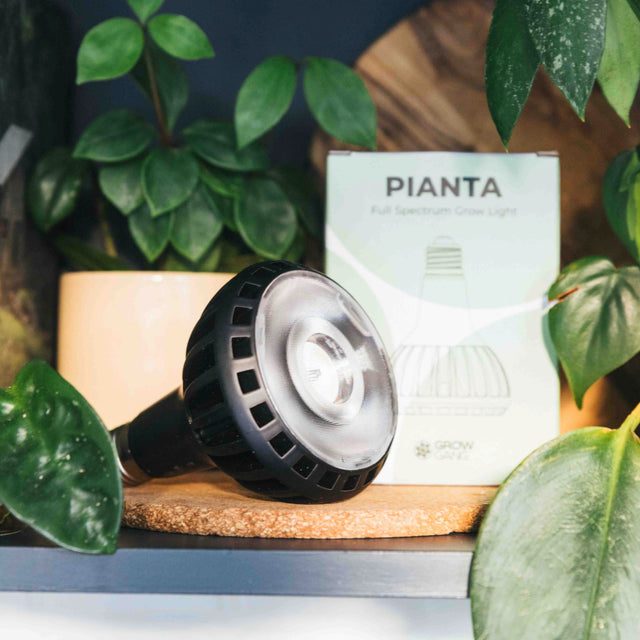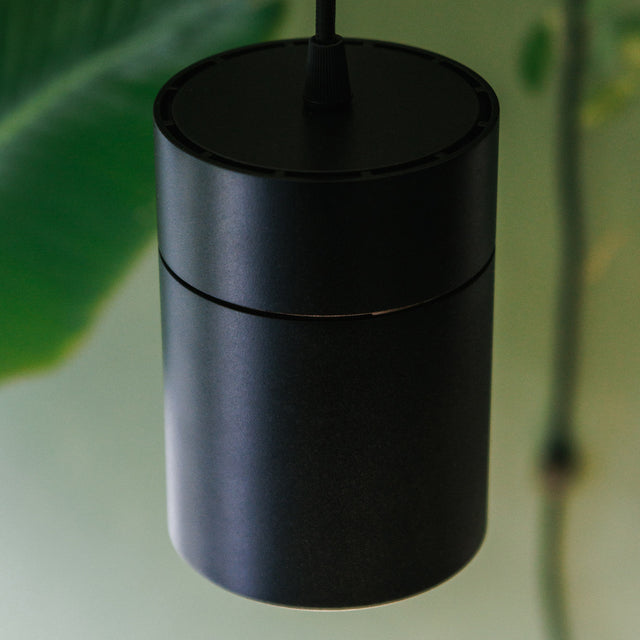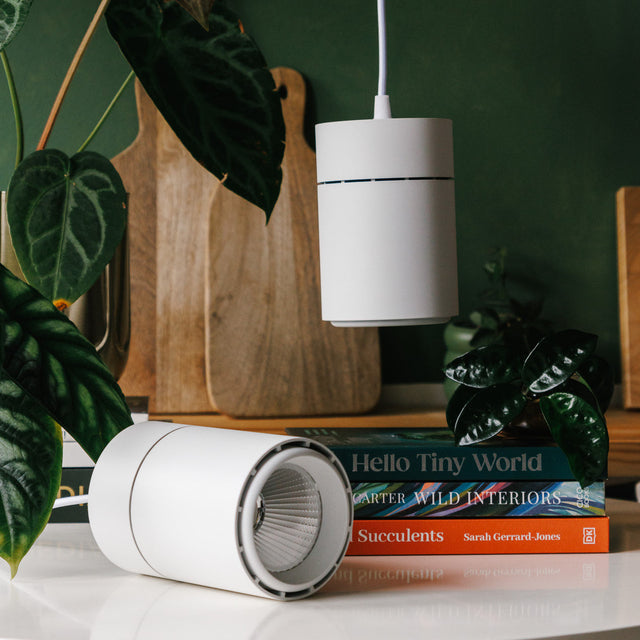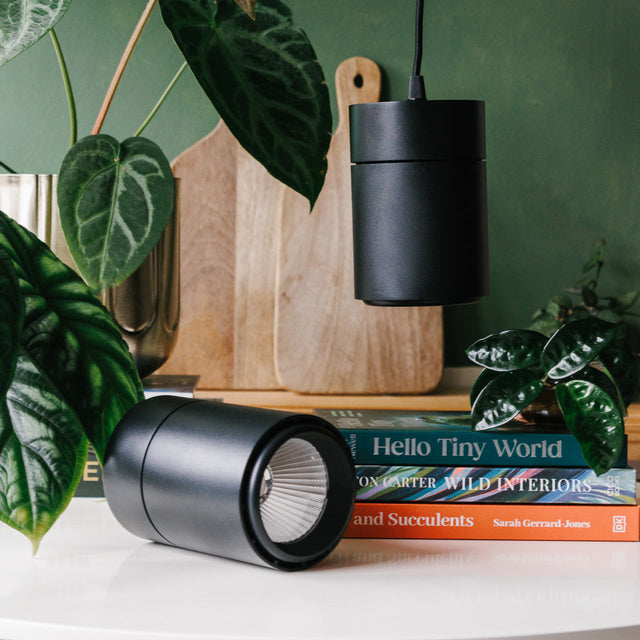
🔬Scientific name: Vriesea splendens, (Family: Bromeliaceae)
🌍 Origin: It originates from the tropical rainforests of northern South America, particularly in regions like Venezuela, Trinidad, and parts of the Guianas. In its natural habitat, it grows as an epiphyte, often anchoring itself to trees and absorbing moisture and nutrients from the air and rain. This plant thrives in the warm, humid, and shaded conditions of the rainforest canopy, where its bold, red floral bract and striking banded foliage make it stand out. Its native environment explains its preference for high humidity, indirect light, and warm temperatures, all of which make it an ideal choice for indoor tropical plant collections.
Lighting
Lighting requirement: Bright, indirect light
The Flaming Sword Bromeliad thrives in bright, indirect light, making it well-suited for indoor environments with filtered sunlight. In its native rainforest habitat, it grows beneath the forest canopy, so it prefers soft, diffused light rather than direct exposure. Placing the plant near an east- or north-facing window is ideal, as it allows for gentle morning light without the risk of scorching its leaves. If positioned near a south- or west-facing window, using a sheer curtain to filter the sunlight is recommended to protect the foliage. While it can tolerate lower light levels, sufficient indirect light is essential for maintaining its vivid foliage and encouraging its signature flower spike to bloom.
The Flaming Sword Bromeliad does well under full-spectrum LED grow lights. Keep the light 8–12 inches above the plant and run it for 12–14 hours daily to support healthy growth and vibrant blooms, especially in low-light seasons.
Watering:
This plant requires moderate, careful watering. Water should be poured directly into the plant’s central leaf cup (or tank), keeping it about halfway full and refreshed every 1–2 weeks. The soil should be lightly moist, allowing the top inch to dry out between waterings.
Use room-temperature, non-chlorinated water, and always empty and refill the central cup to prevent stagnant water and rot. Reduce watering during cooler months when growth slows. Overwatering is a common issue, so good drainage and air circulation are key. For the best results, you can easily check when your plant needs water using our Soil Moisture Meter.
Humidity
The Flaming Sword Bromeliad (Vriesea splendens) thrives in high humidity, ideally between 50% and 70%, mimicking its tropical rainforest origins. While it can adapt to average indoor humidity, dry air may cause browning leaf tips or hinder flowering.
To boost humidity:
- Mist the plant occasionally (but not directly into the center cup).
- Use a humidity tray or place near a humidifier.
- Group it with other tropical plants to create a more humid microclimate.
Consistent humidity helps maintain vibrant foliage and supports healthy blooming.
Fertiliser:
This plant benefits from light, regular feeding during its active growing season, which spans from spring through early autumn. A balanced, water-soluble fertiliser should be diluted to one-quarter strength before application. Fertiliser can be applied monthly either by misting it onto the leaves or adding a small amount into the central cup, which should be flushed periodically to prevent salt buildup. It's important to avoid fertilising in the autumn and winter months when the plant enters a semi-dormant phase. Over-fertilising can lead to leaf damage, so gentle, infrequent feeding is the best approach to promote healthy growth and support blooming.
Temperature:
The Flaming Sword Bromeliad prefers warm, stable temperatures between 18°C to 27°C. It does best in indoor environments that mimic its tropical origin. While it can tolerate slightly cooler temperatures at night, it should be kept above 13°C at all times.
Sudden temperature changes, cold drafts, or prolonged exposure to chilly conditions can stress the plant and hinder flowering. For best results, keep it away from heaters, air conditioners, and open windows during colder months to maintain a consistent, warm environment year-round.
Troubleshooting and Pests:
It is generally easy to care for but can face a few common issues and pests if its needs aren’t met. Leaf browning or tip burn is often caused by low humidity or the use of tap water high in minerals—switching to distilled or rainwater and increasing humidity can help. Root or crown rot typically results from overwatering or stagnant water in the central cup; always empty and refresh the cup regularly and ensure good drainage. Failure to bloom may be due to insufficient light, lack of maturity, or not enough humidity.
As for pests, watch for mealybugs, scale insects, and aphids, which may appear on leaves or in the cup. These pests can be treated with insecticidal soap, neem oil, or by wiping them away with a cotton swab dipped in rubbing alcohol. Regularly inspect the plant, especially in warm, dry indoor conditions, and ensure good air circulation to prevent infestations. With attentive care and the right conditions, the Flaming Sword Bromeliad remains a vibrant and largely trouble-free houseplant.
Height:
The Flaming Sword Bromeliad (Vriesea splendens) is a compact, upright plant that typically grows to a height of 30 to 60 cm, including its striking red flower spike. The foliage itself usually reaches around 30 to 45 cm, while the central bloom can add several more inches in height.
It doesn't require much vertical space, making it ideal for tabletops, plant stands, or shelves. Its height and sculptural shape also make it a standout feature in small indoor plant displays or mixed tropical arrangements.
Is It Toxic To Pets?
No, the Flaming Sword Bromeliad is considered non-toxic to pets, including cats and dogs. This makes it a safe choice for pet-friendly homes.
While not poisonous, if a pet chews on the leaves, it may experience mild stomach upset due to the fibrous plant material, though this is uncommon and not typically serious. As always, it's best to keep plants out of reach of curious pets to avoid unnecessary nibbling or potential messes. Overall, the Flaming Sword Bromeliad is a beautiful and pet-safe addition to any indoor space.
